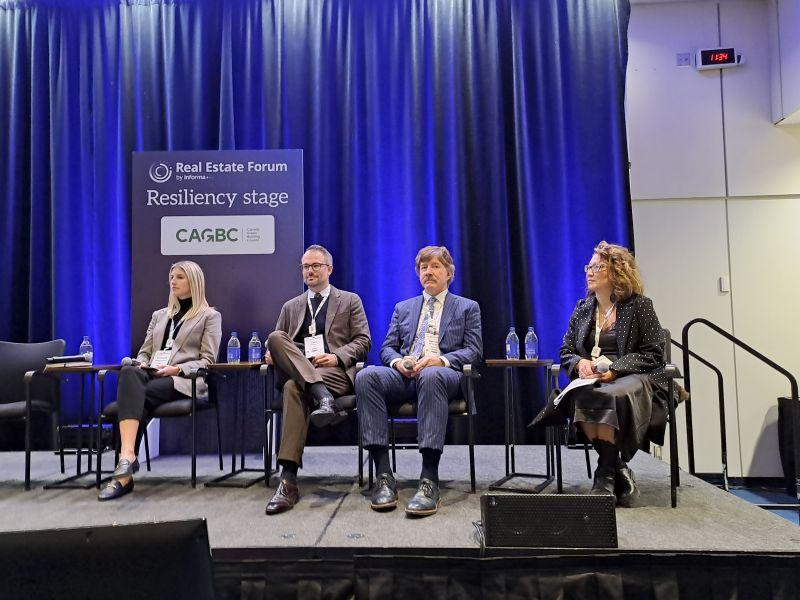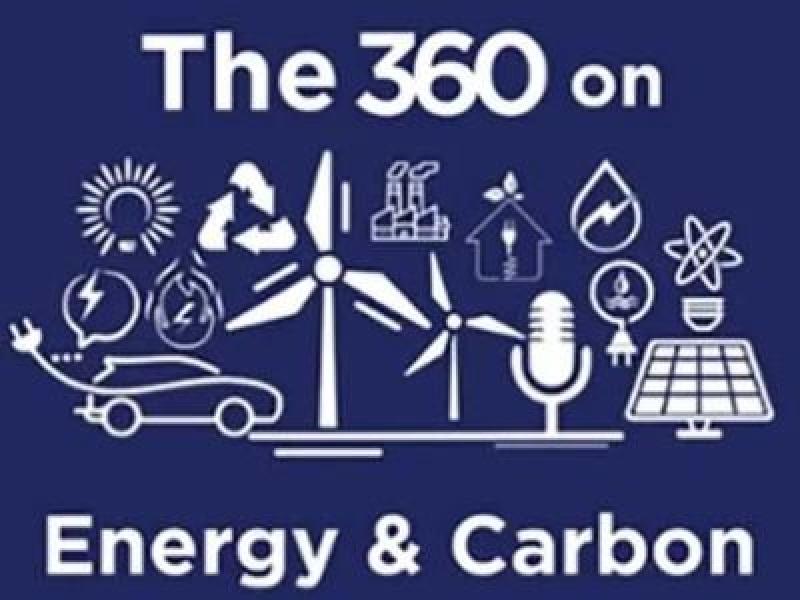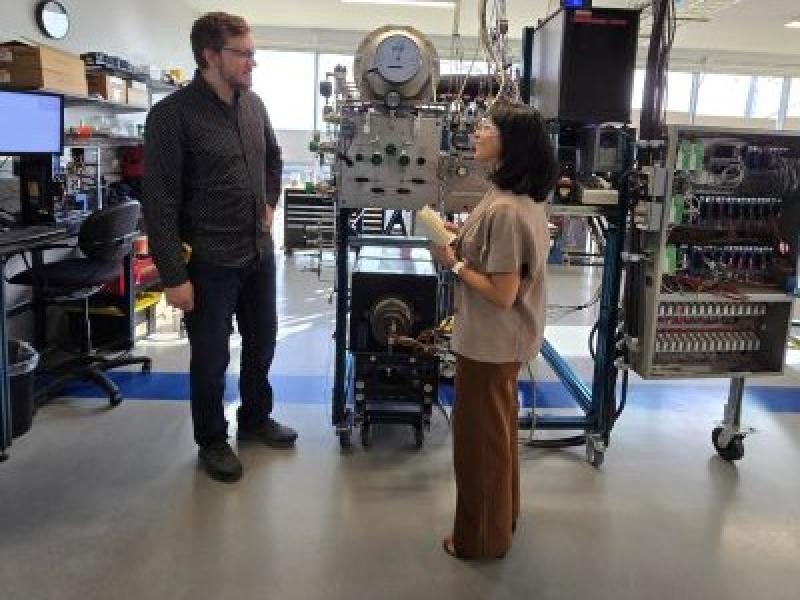
Contractor EllisDon is tapping into a construction waste marketplace on an app called Phil which is geared toward reducing costs and carbon emissions from its subcontractors.
Phil links Toronto-area subcontractors to a market for materials such as soil and other waste from construction sites. For example, if a construction company has excess soil on one site and needs it removed, it opens a bid through Phil to find subcontractors to displace the dirt.
EllisDon’s subcontractor can check Phil to see if there are any nearby construction companies that need soil or other materials like aggregates. If there is, a transaction can be initiated to deliver the material to the closest sites, saving money and greenhouse gas emissions from transportation.
“It really provides the industry with an incredibly efficient, cost-reduction and CO2 (carbon dioxide)-friendly way to transport waste and soil,” Brandon Milner, chief innovation officer and senior vice-president of digital and data engineering at EllisDon, said in an interview with Sustainable Biz Canada.
'Vastly, vastly' cutting carbon
Phil is simplifying the search for subcontractors who can source, utilize and transport excess materials and construction waste, Milner said.
Prior to signing on with Phil, EllisDon would put out a tender for soil to be removed from one site, and a separate tender to bring in more soil to a different site.
“There was always a disconnect between, ‘Well, why didn’t the left hand talk to the right hand?’ and say, ‘Well I’m moving it from site A, let me talk to some of the guys in the construction team and see are any projects in the vicinity that require soil.’”
With busy construction teams that have limited time to address such matters internally, that created a time- and resource-consuming barrier. The Phil marketplace makes it much easier to connect with subcontractors to haul away soil or construction waste, a massive time saver and thus a money saver, Milner explained.
Phil also stood out because of its low barrier to entry, he added. It allows EllisDon's subcontractors to be more cost- and time-efficient by eliminating the need, in many instances, to transport the materials to a dump or site that may be farther away.
By also encouraging its subcontractors to take shorter, more efficient routes with Phil, EllisDon estimates it could more than halve the provincial average haul distance of 65 kilometres to 25 kilometres. That translates to a reduction of over 60 per cent in haulage distance and emissions.
The transportation CO2 footprint from EllisDon’s subcontractors will be ‘vastly, vastly improved,” Milner said.
EllisDon's other efforts
Complementing the use of Phil are other efforts EllisDon is exploring to reduce its carbon emissions from transportation and construction sites.
The Mississauga-headquartered company’s decarbonization roadmap lists in-progress actions such as:
- efficiency planning for equipment use and site operations;
- reducing transportation emissions through local procurement when possible;
- carbon reporting for all of its subtrades; and
- policies for reducing vehicle and equipment idling.
By 2030, the company wants to implement a prequalification and scoring process that aligns its subtrades for industry decarbonization.
EllisDon is aiming to reach net-zero by 2050.
Today, EllisDon is primarily focused on tracking its greenhouse gas emissions from construction sites, Milner said. With technology like Phil, the company can find the best places to start on its carbon-reduction journey.
“We’re still getting to the bottom of where are the biggest problem situations, which areas are producing the most carbon, as opposed to just guessing.”










